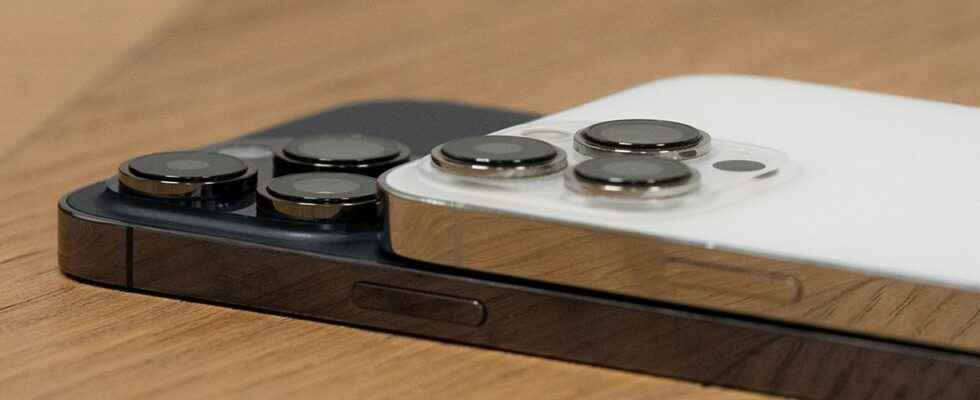The smartphone market has been at half mast for some time, and the research firm Canalys has just provided further confirmation. According to the latter, smartphone shipments were down 9% in the third quarter compared to 2021. This is the worst quarter since the third quarter of 2014. However, we cannot say that this is A suprise.
Once again, the particularly difficult context is invoked to explain this significant fall. Between a pandemic that is not really over, a bogged down Ukrainian conflict and galloping inflation, the demand for this type of property is logically shrinking. The firm specifies that this trend could last another six to nine months. “The unfavorable economic outlook has led consumers to postpone spending on electronic equipment and to buy essential products first”notes Canalys.
However, it is necessary to go into detail to see that not everyone is impacted in the same way. Among the top five sellers, Samsung remains the market leader with a 22% share, up 1% from a year ago. The South Korean group, which has been able to count on its entry-level and mid-range devices to consolidate its position with a lot of promotions, is experiencing more difficulties in the high-end segment. A situation that could push the brand to bring forward the release of its Galaxy S23.
The Apple resists
Apple retains second place, but shows a clear growth, from 15% to 18% market share. The Cupertino company is surfing on the great success of its iPhone 14, especially the Pro versions. Once again, its strategy of focusing on premium devices allows it to resist the effects of the crisis much better than others. Unsurprisingly, Apple posted the strongest market growth in this third quarter. However, the fairly weak demand for the standard iPhone 14 and 14 Plus is cause for concern for the Californian giant for the coming year.
Xiaomi manages to stay the course and retains its 14% market share. The group may be on the podium, but its growth is stagnating while Chinese competitors are increasingly aggressive. However, the market shares of Oppo (which includes OnePlus) and Vivo fell to 10% and 9% respectively. Sales of all other brands combined were also down 28% to 27% compared to the previous year.
And while a general improvement does not seem to be on the cards, the holiday season could play an even more decisive role this year.
